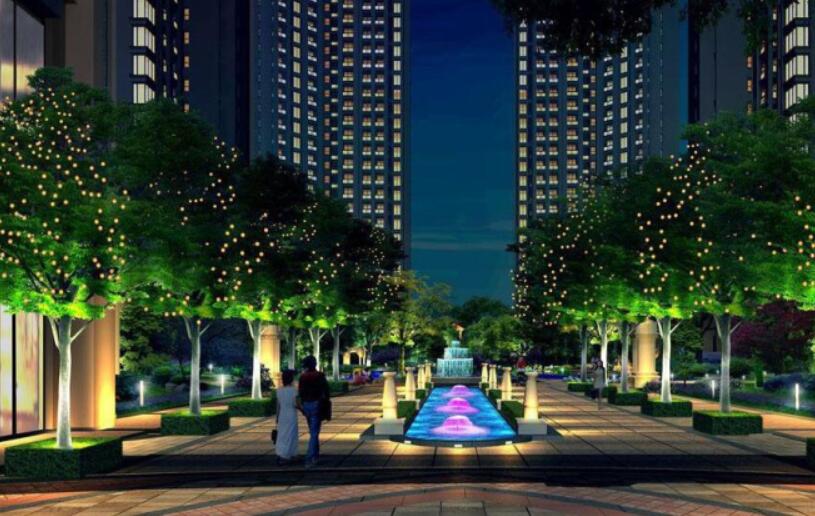
Before carrying out landscape design for such projects, it is necessary to fully cooperate with landscape designers and understand their special requirements for the lighting design of individual buildings and architectural ornaments in the park. Afterwards, it is necessary to carefully design electrical schemes to meet the requirements of this series of buildings or architectural ornaments, and to carry out separate lighting designs.
2. Lighting type
This lighting system is generally divided into two types: functional lighting and landscape lighting. The former generally refers to the design of courtyard lights and lawn lights responsible for road lighting; The latter refers to the design of lighting for designated architectural elements, landscapes, and trees according to garden requirements.
(1) Regarding road lighting. Choose appropriate lighting fixtures based on the width of the road. When the road width is less than 2.5m, lawn lights are selected with a spacing of 10m and arranged on one side; When the road width is greater than 2.5m, courtyard lights are selected with a spacing of 20m between the lights; When the road width is greater than 6m, courtyard lights are arranged on both sides. The light source of courtyard lamps is generally energy-saving lamps, and metal halide lamps are used as the light source of courtyard lamps at intersections. The lighting of parking lots in parks generally uses courtyard lights, with metal halide lamps as the light source.
(2) Regarding landscape lighting. The lamps generally include stone lamp, screen wall lamp, tree lamp, buried decorative lamp, underwater lamp, chair lamp, step lamp, decorative lamp post and lighting booth spot lamp. In design, it is necessary to select lamps of different powers and types according to the special situation of the illuminated object and actual requirements, and carry out reliable installation.
(3) Common light source selection. Stone lamps are generally installed on the ground using metal halide lamps; Metal halide lamps shall be selected for screen wall lighting and installed underground. The power of the lamp and the color of the light source should be determined according to the height and color of the wall; Metal halide lamps are used for tree lighting, which can be installed underground on paved floors or on the ground in green spaces; Underground decorative lights often use LED lights, with a white light source color, installed in the paved road surface or in the center of the square; The underwater lamp is a metal halide lamp or LED lamp, with a yellow light source color and wall mounted. The voltage is all 12V ultra-low voltage; The seat light is an LED light with a white light source, wall mounted; Step lights are also LED lights, with a white light source color. They can be installed on the front or side of steps according to their different heights; Decorative lamp columns generally use ceramic metal halide lamps or high-pressure sodium lamps, with a white light source color, set around the square for landscape lighting purposes; The spotlights in the pavilion are made of metal halide lamps, with a white light source color, set at the edge of the top of the pavilion.




 Current location:
Current location:


 hot product
hot product

























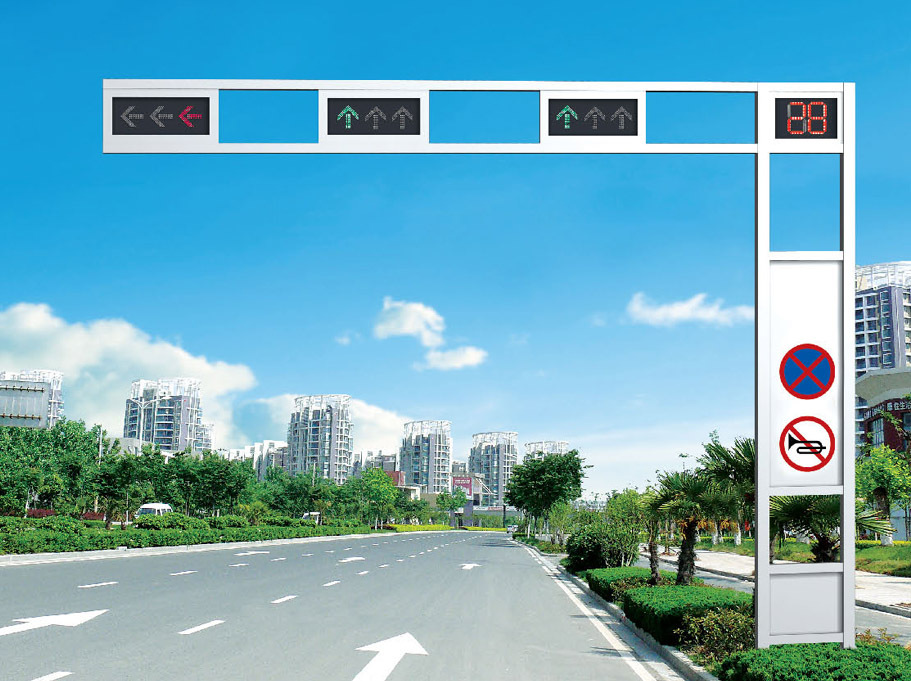
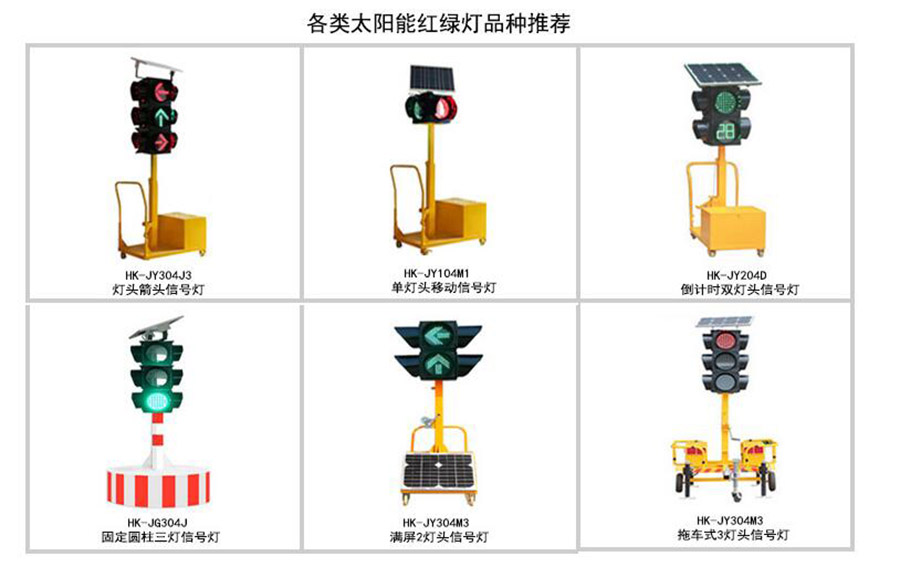
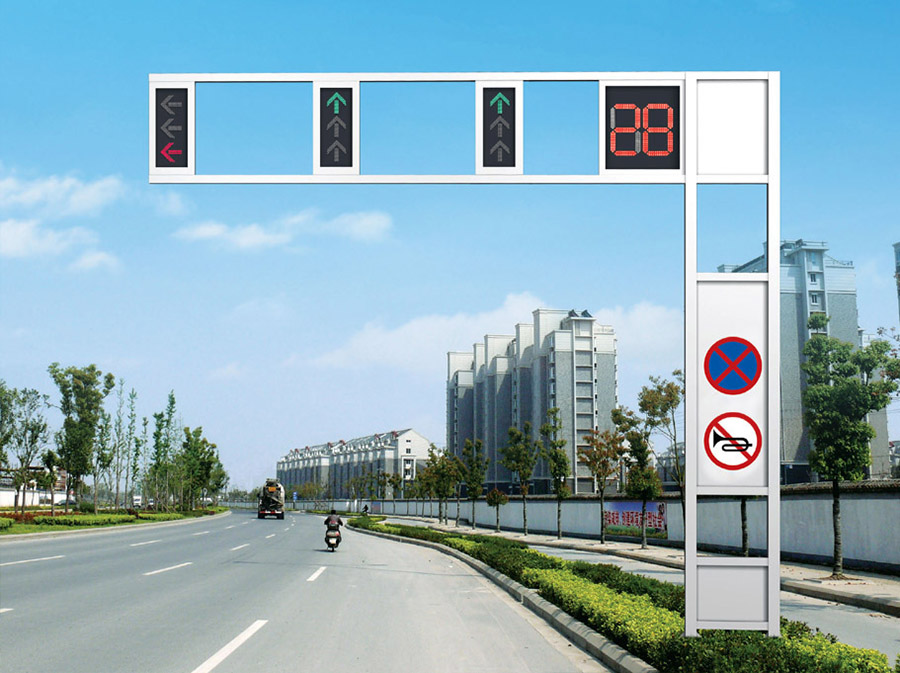
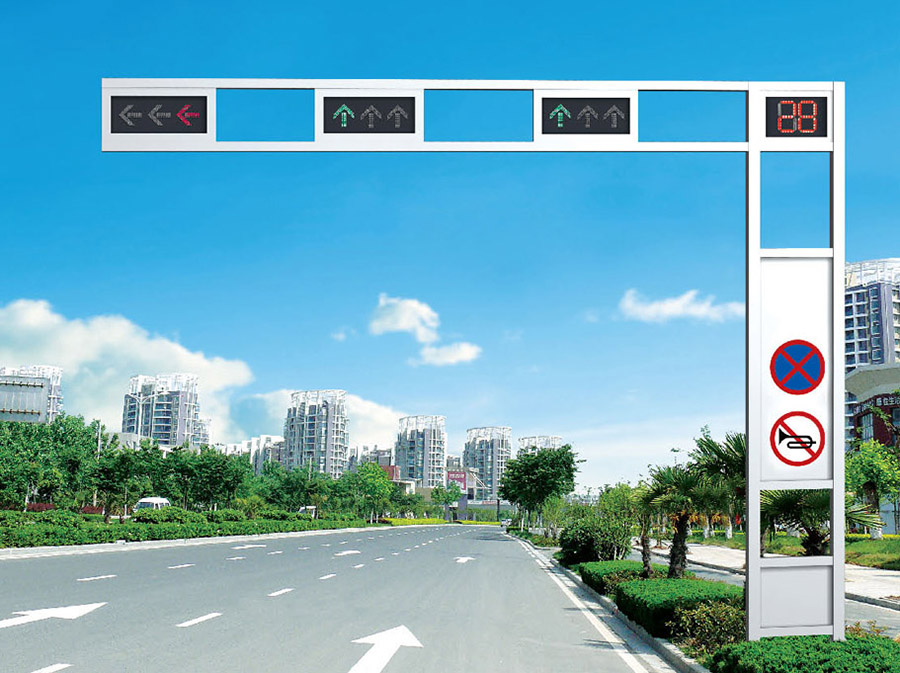
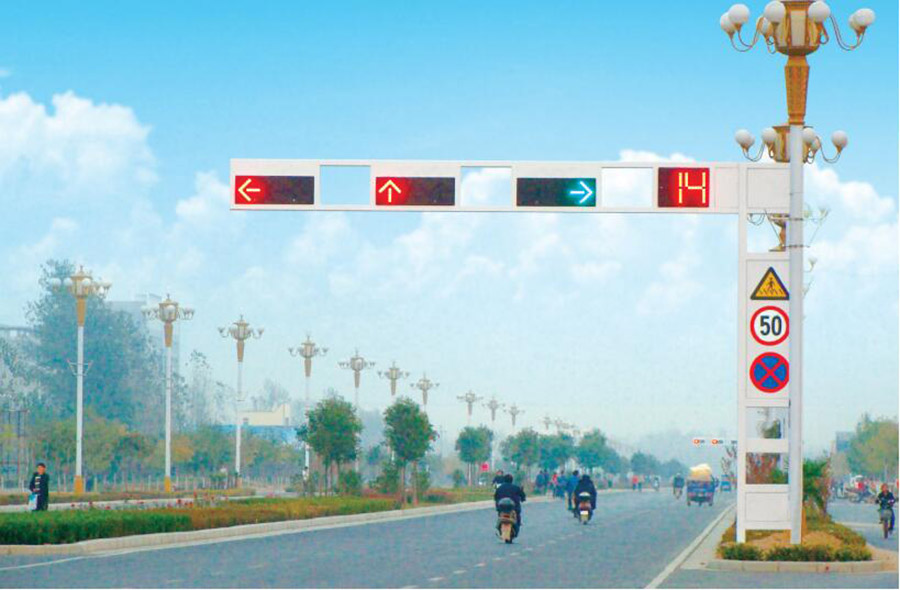

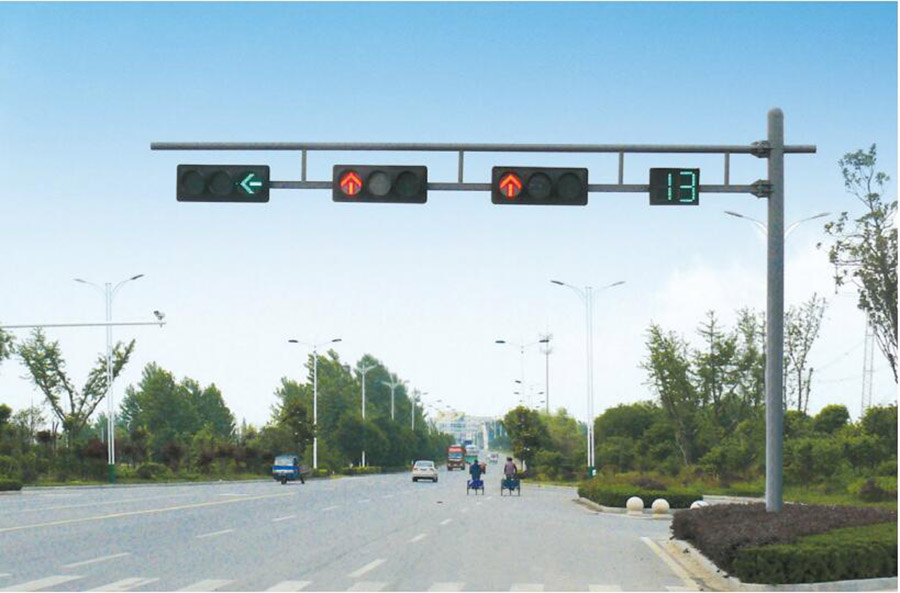

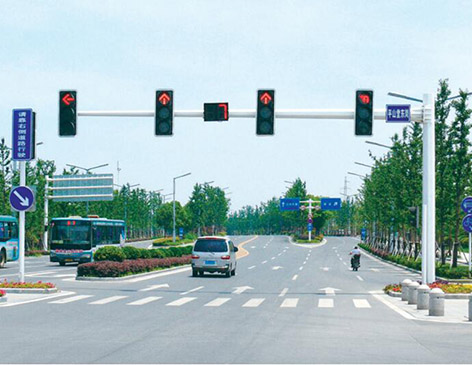
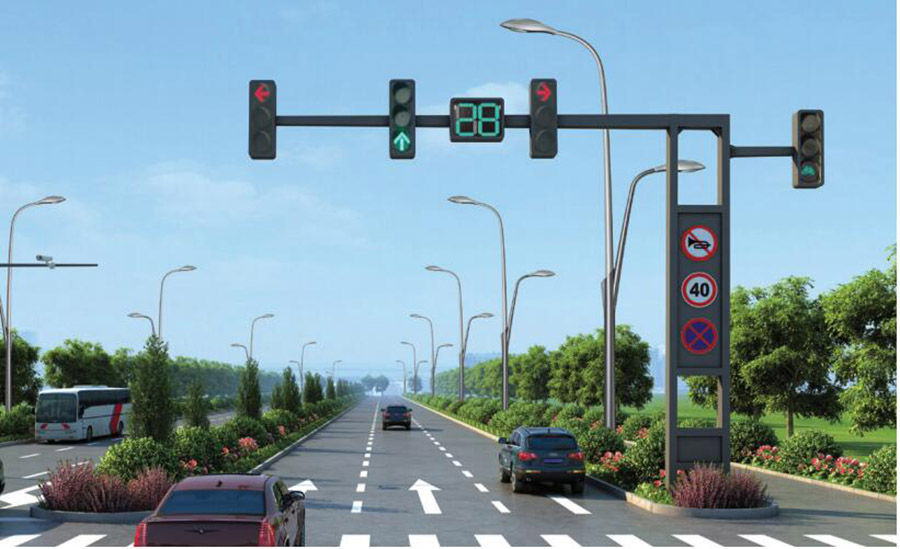
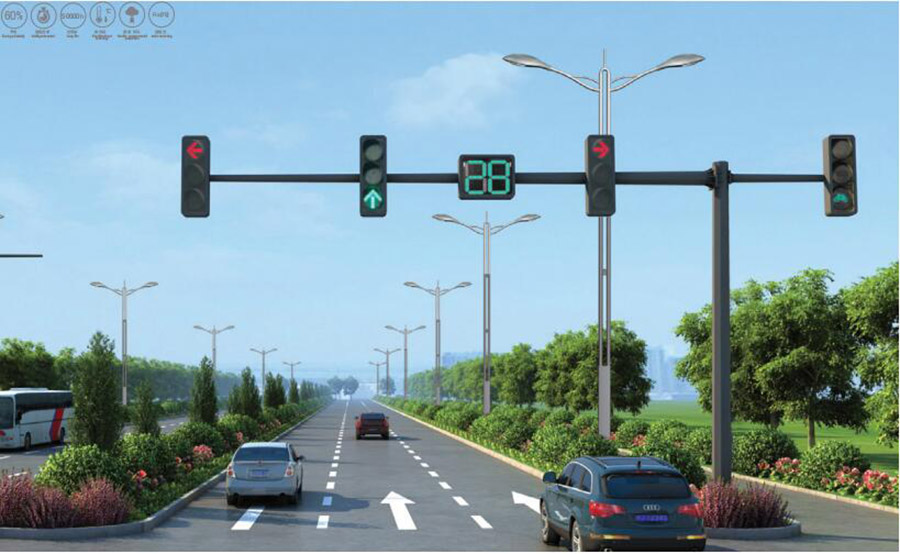
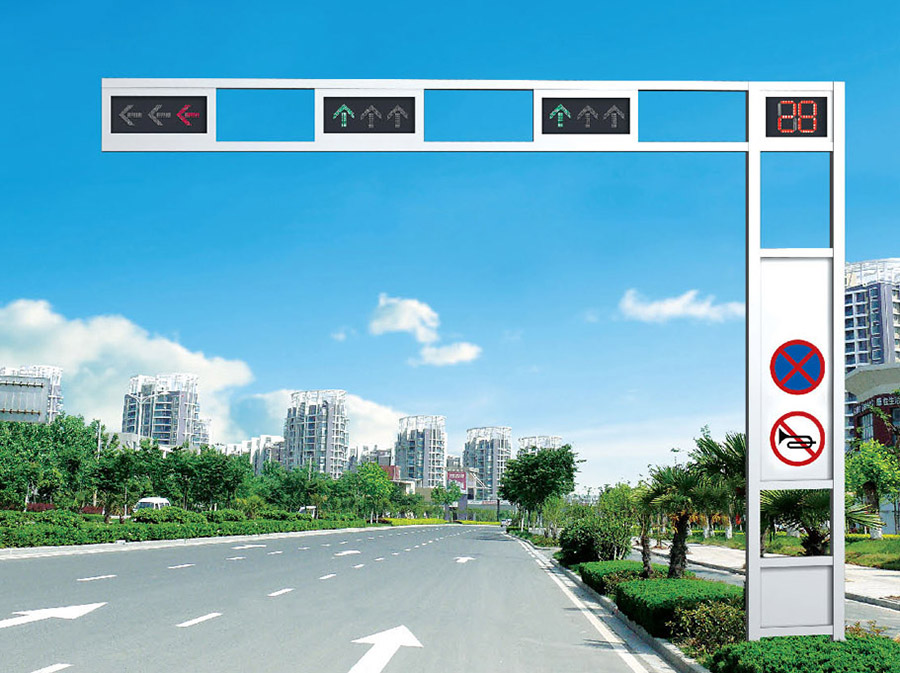
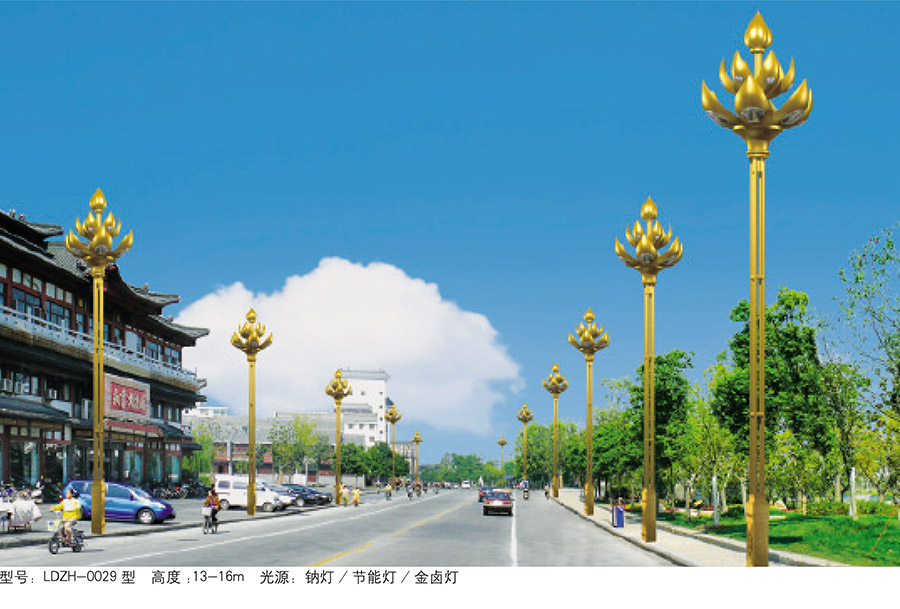

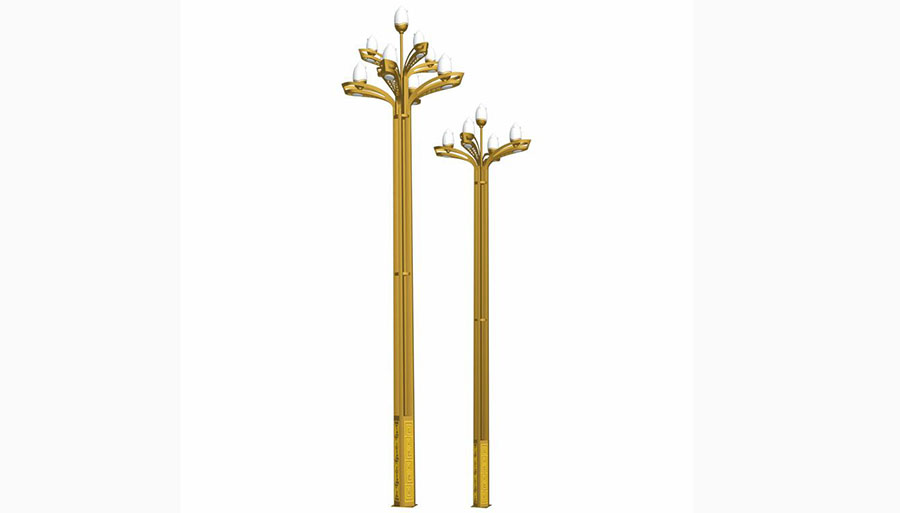
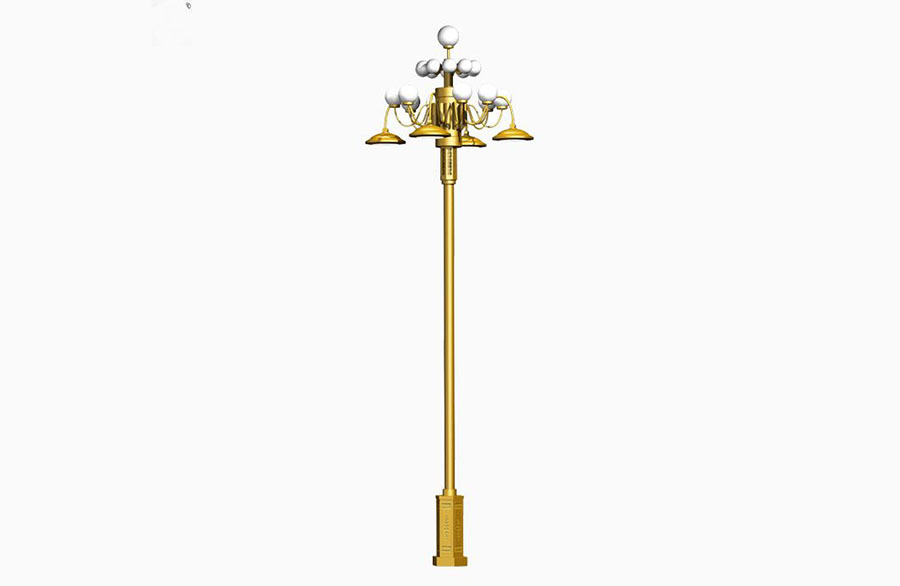
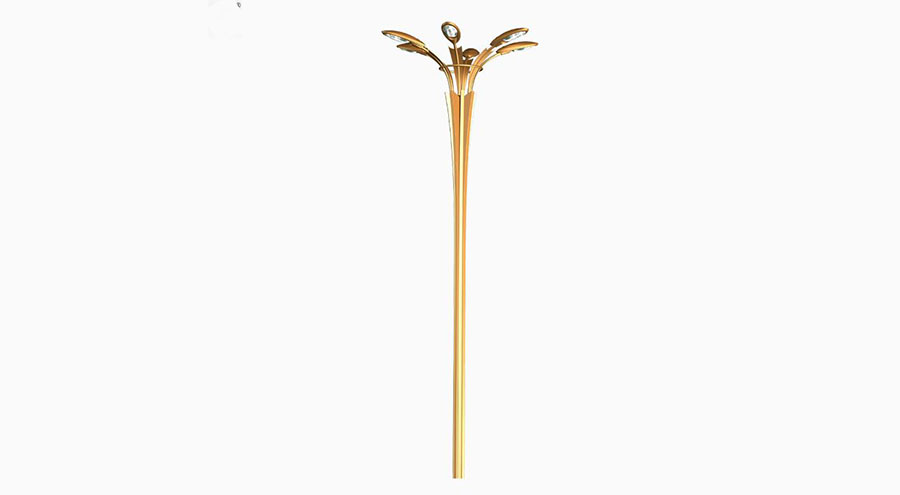
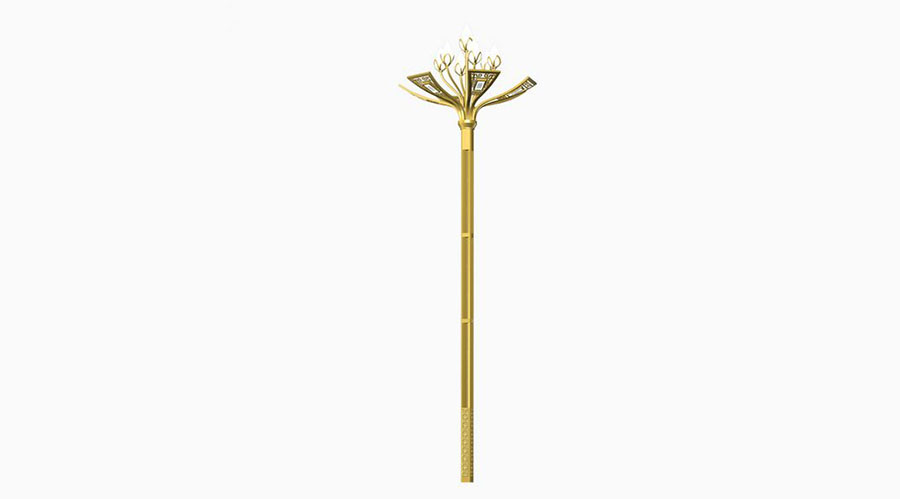

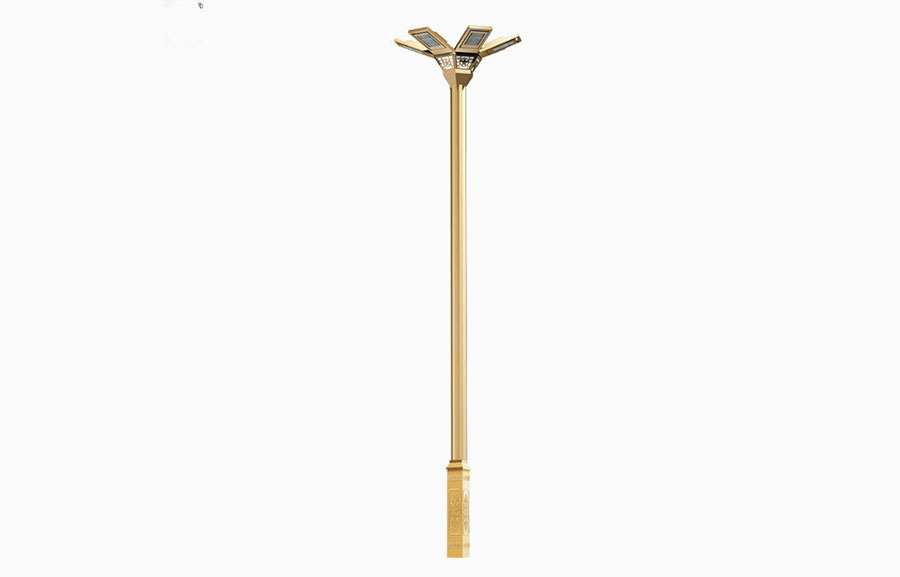

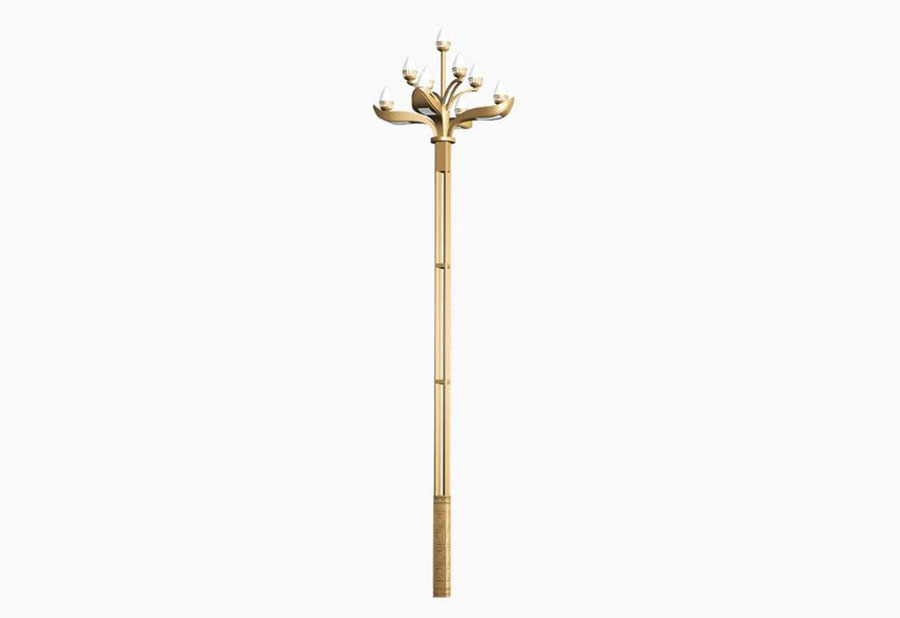

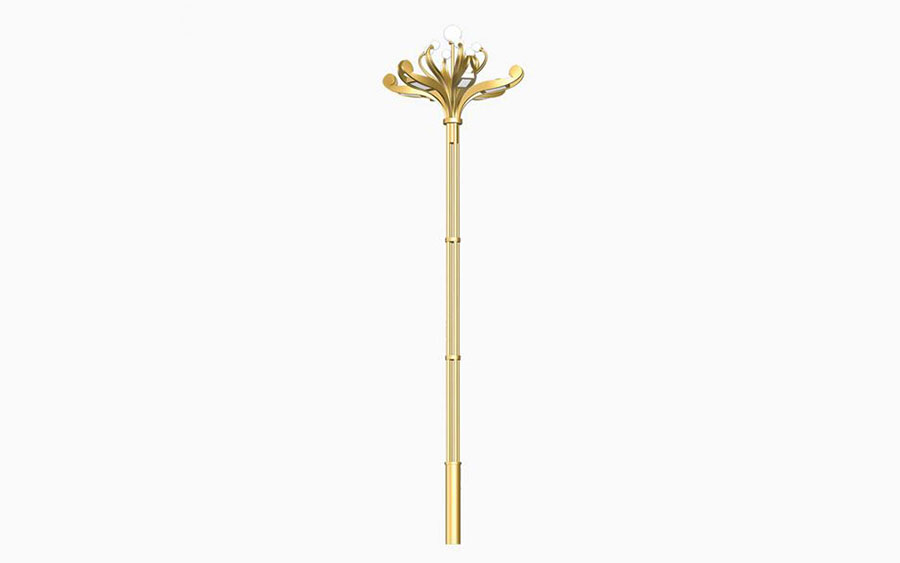


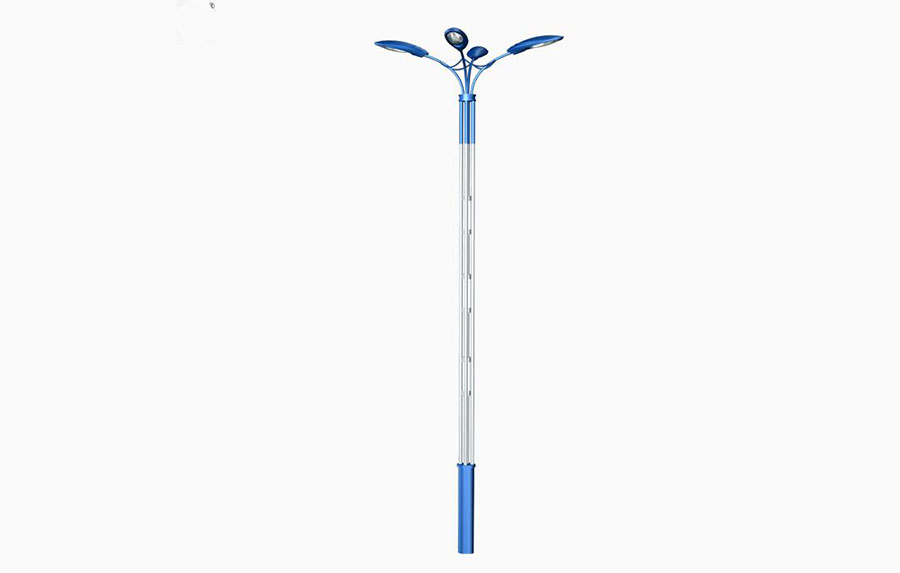

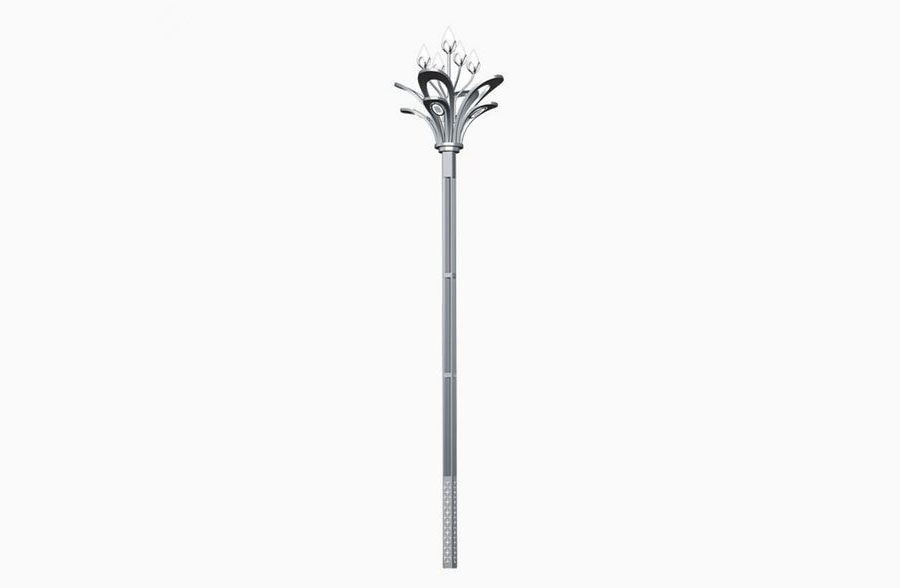
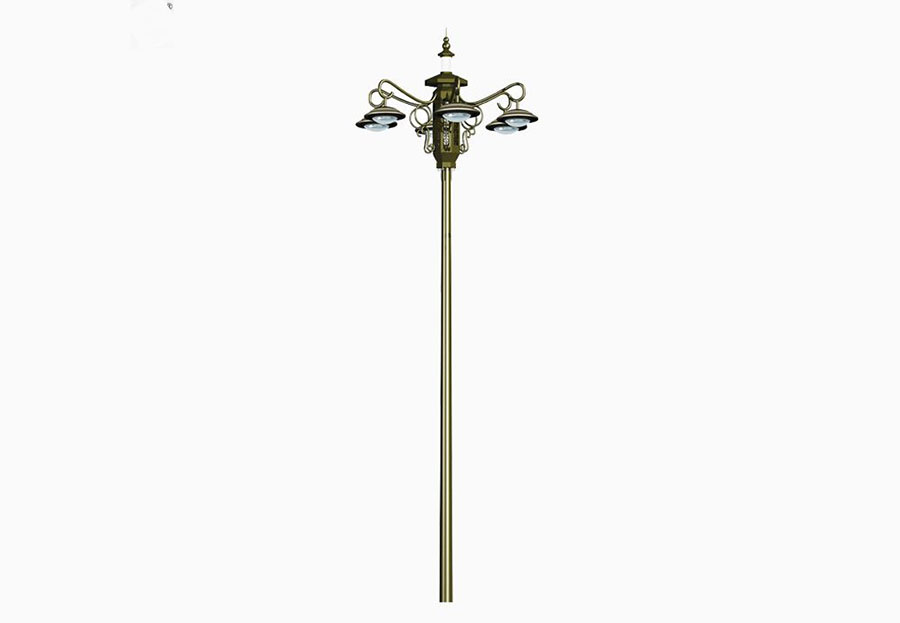

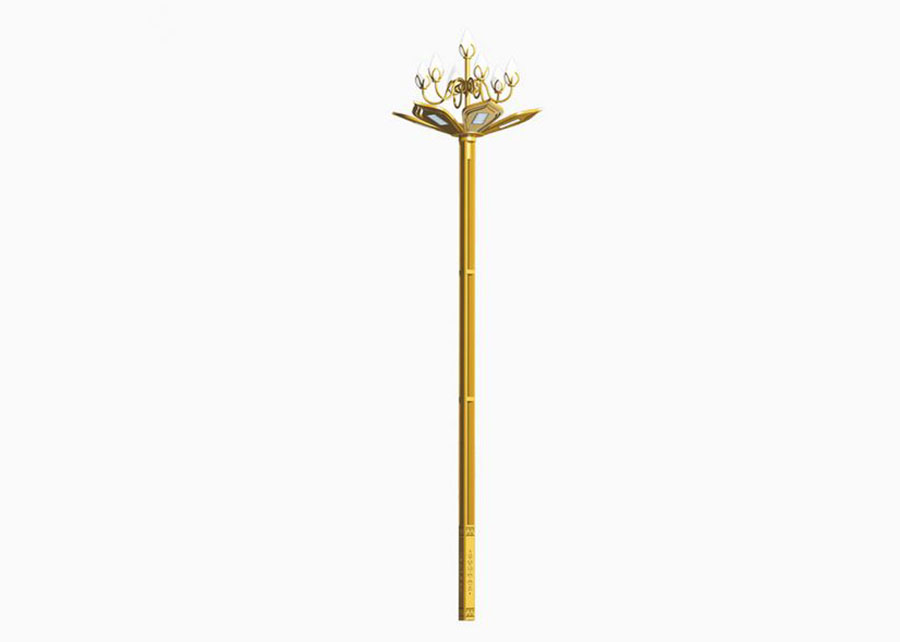























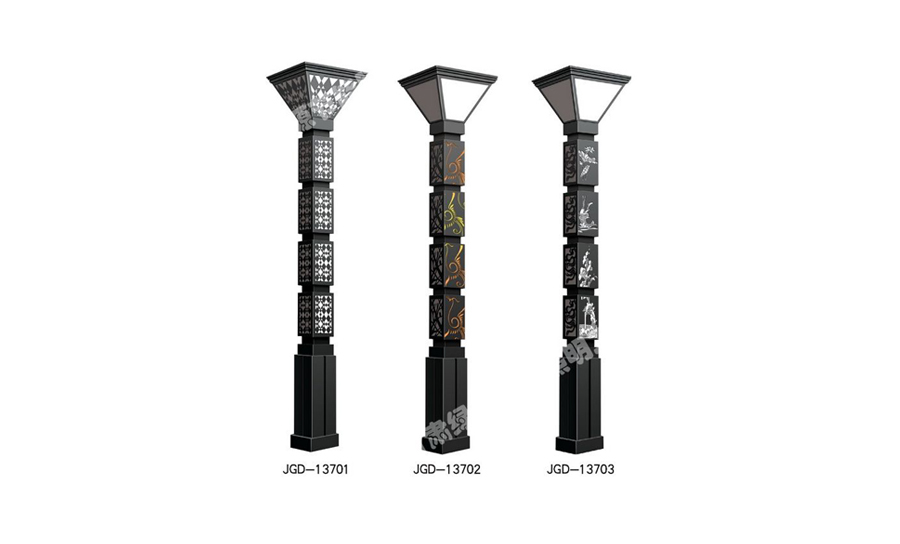


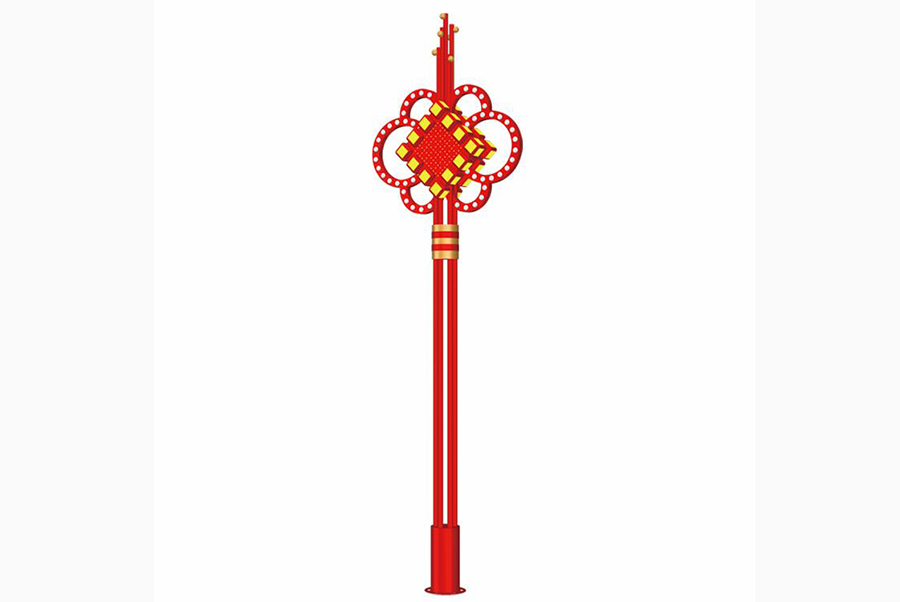

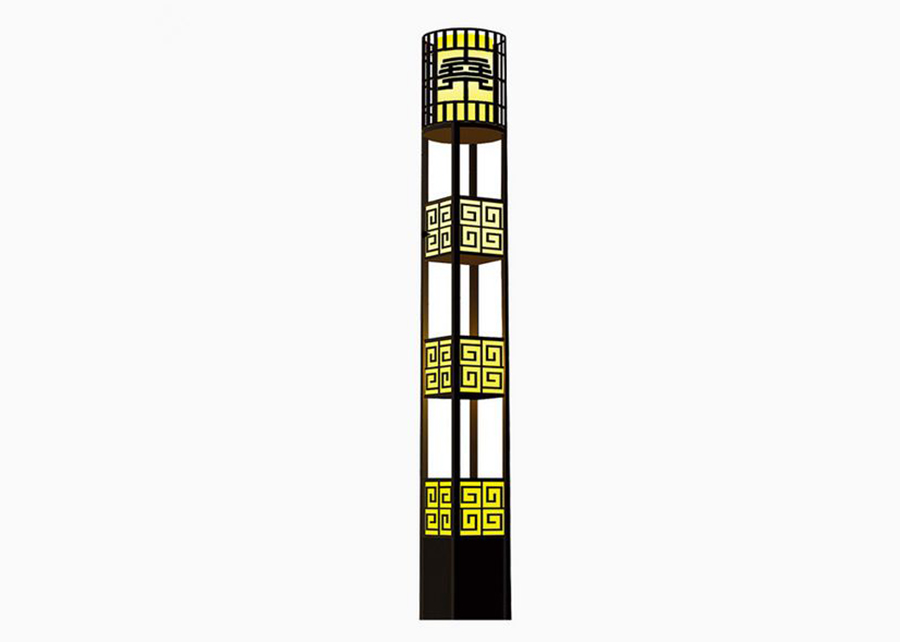

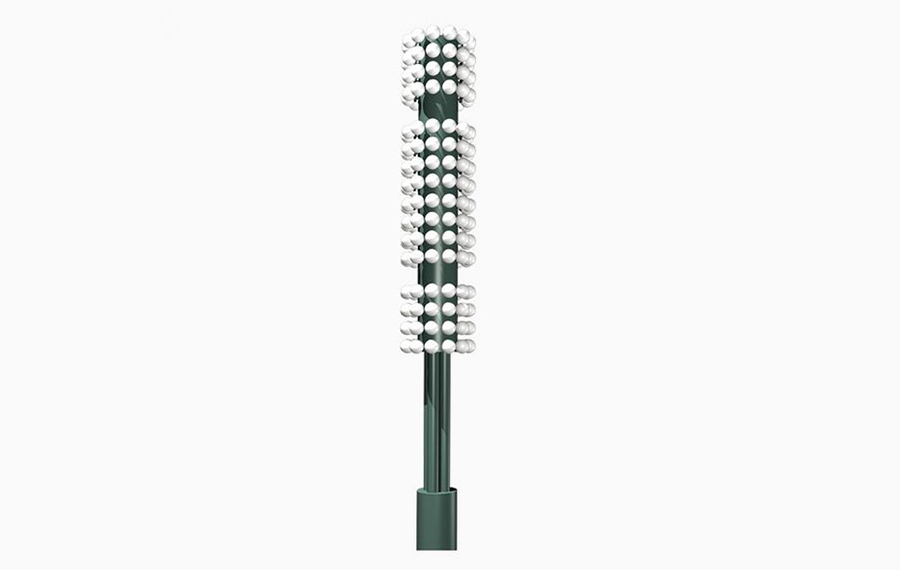
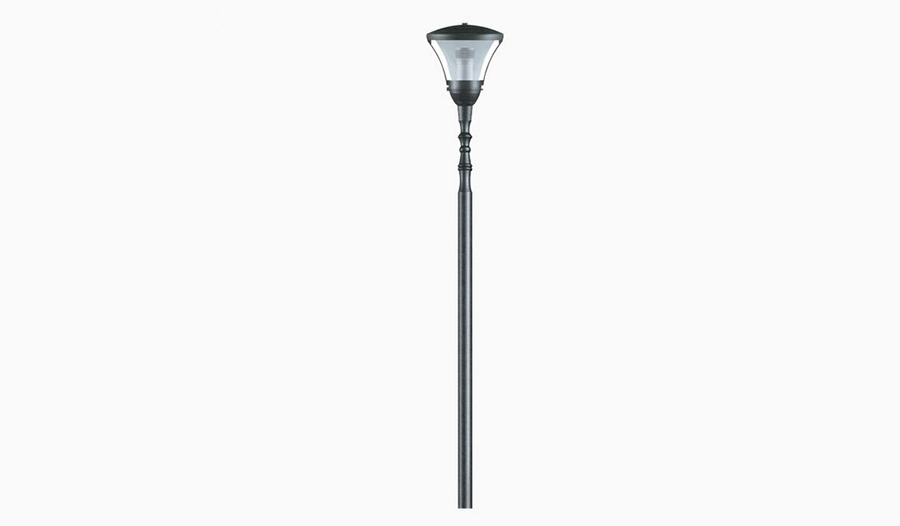

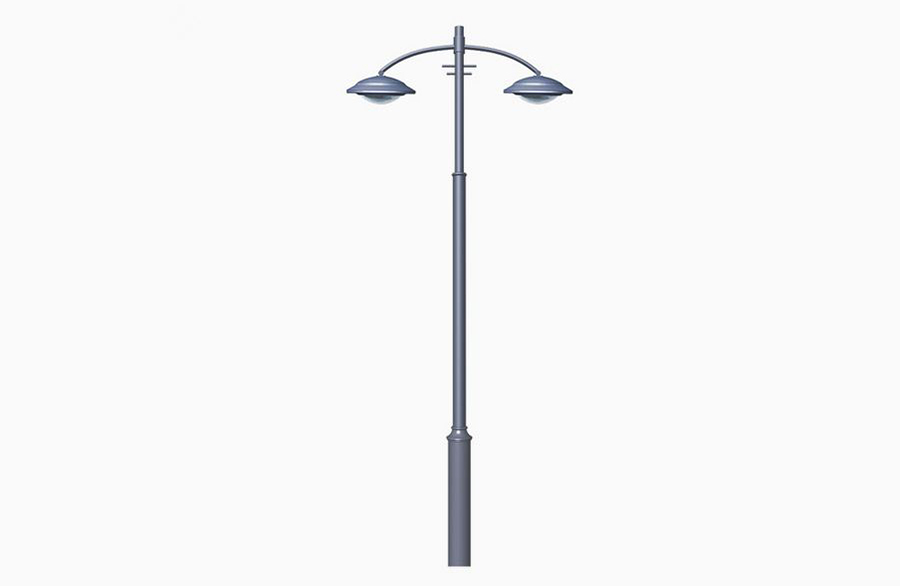
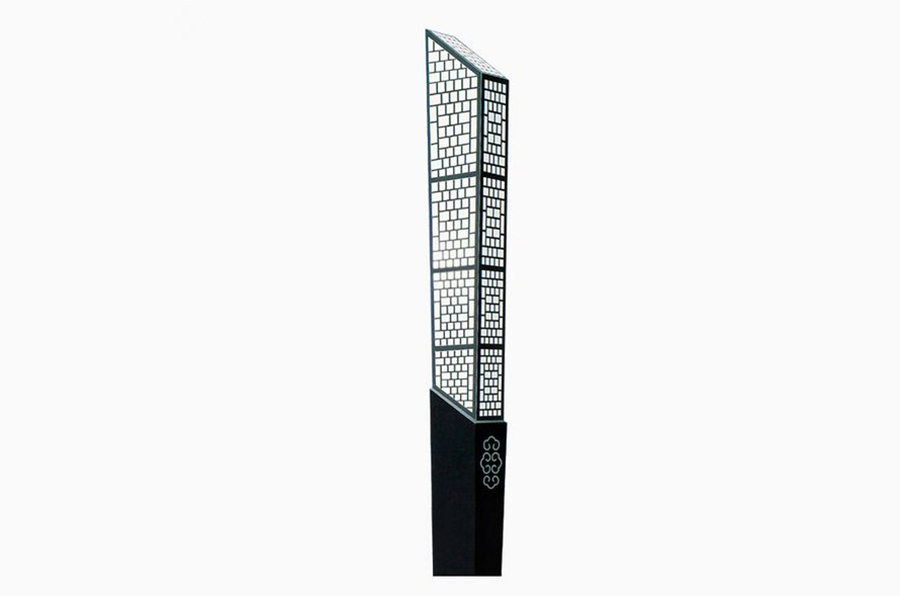
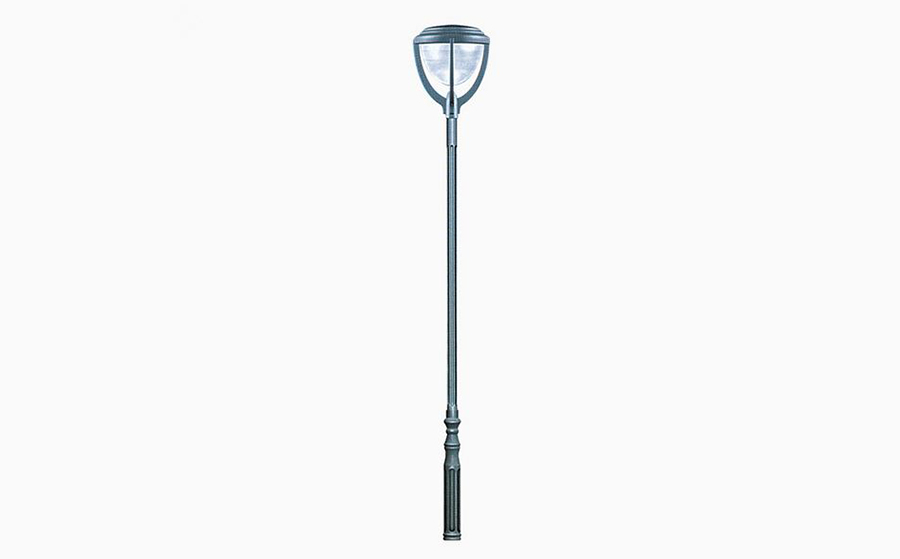


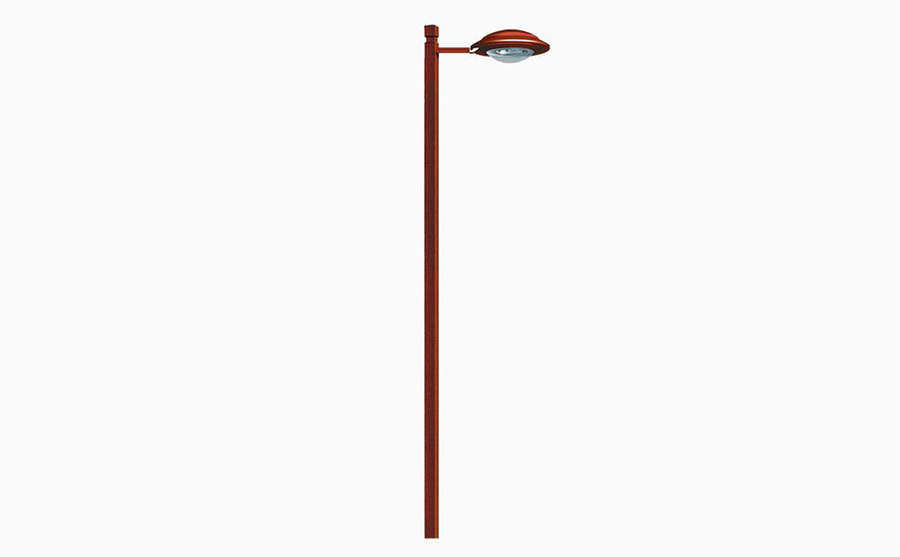
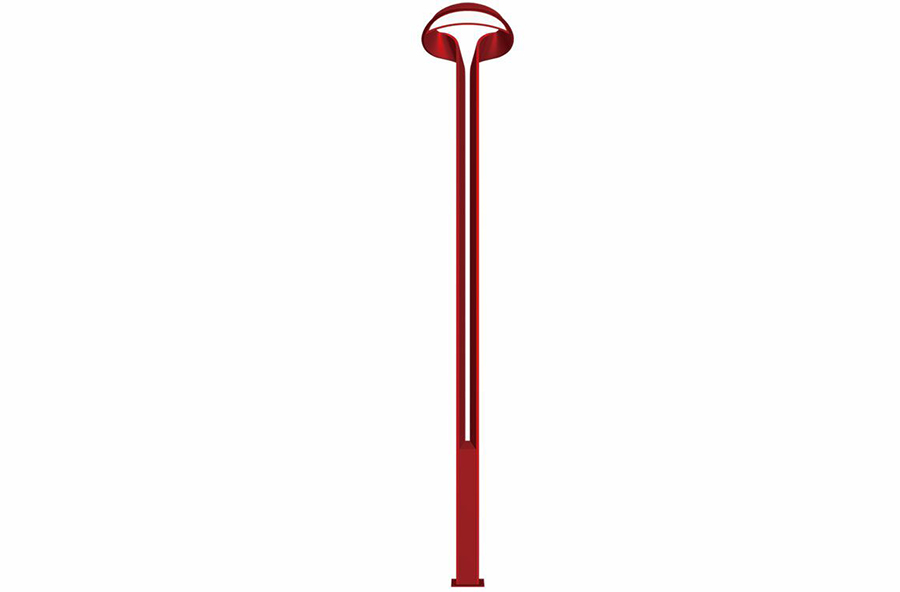
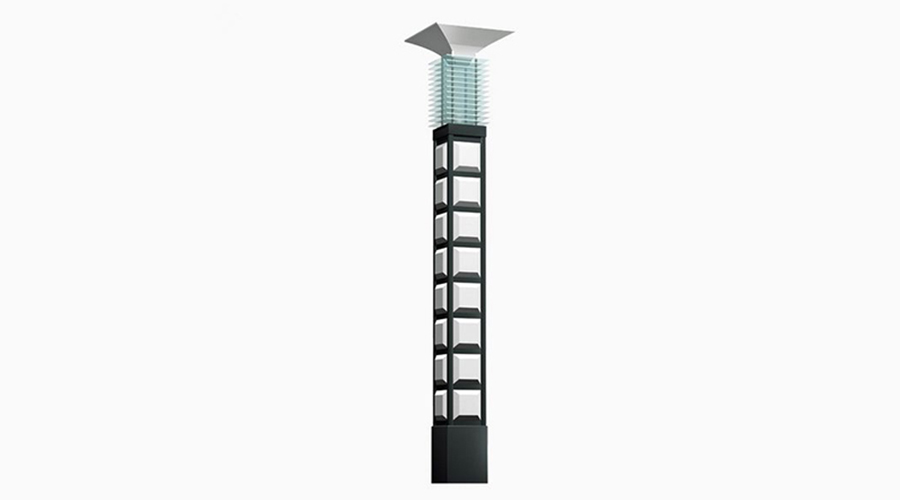
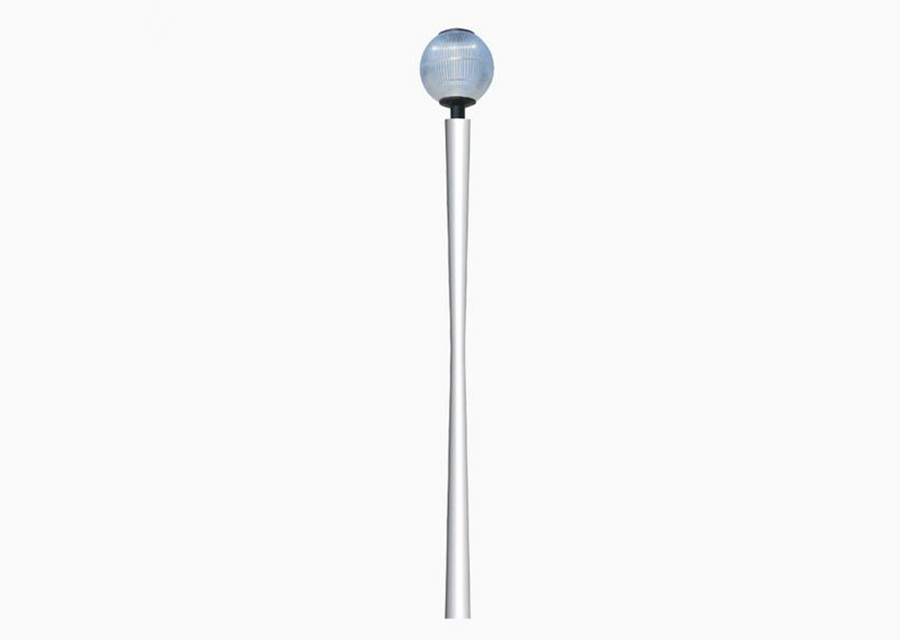
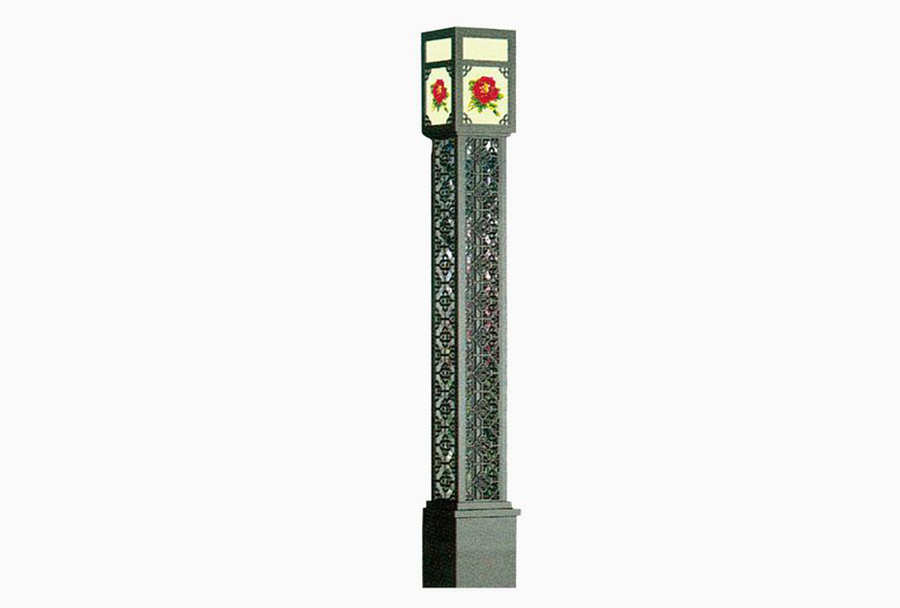


 hot news
hot news
 message
message detail
detail




 甘公网安备 62010202002332号
甘公网安备 62010202002332号



